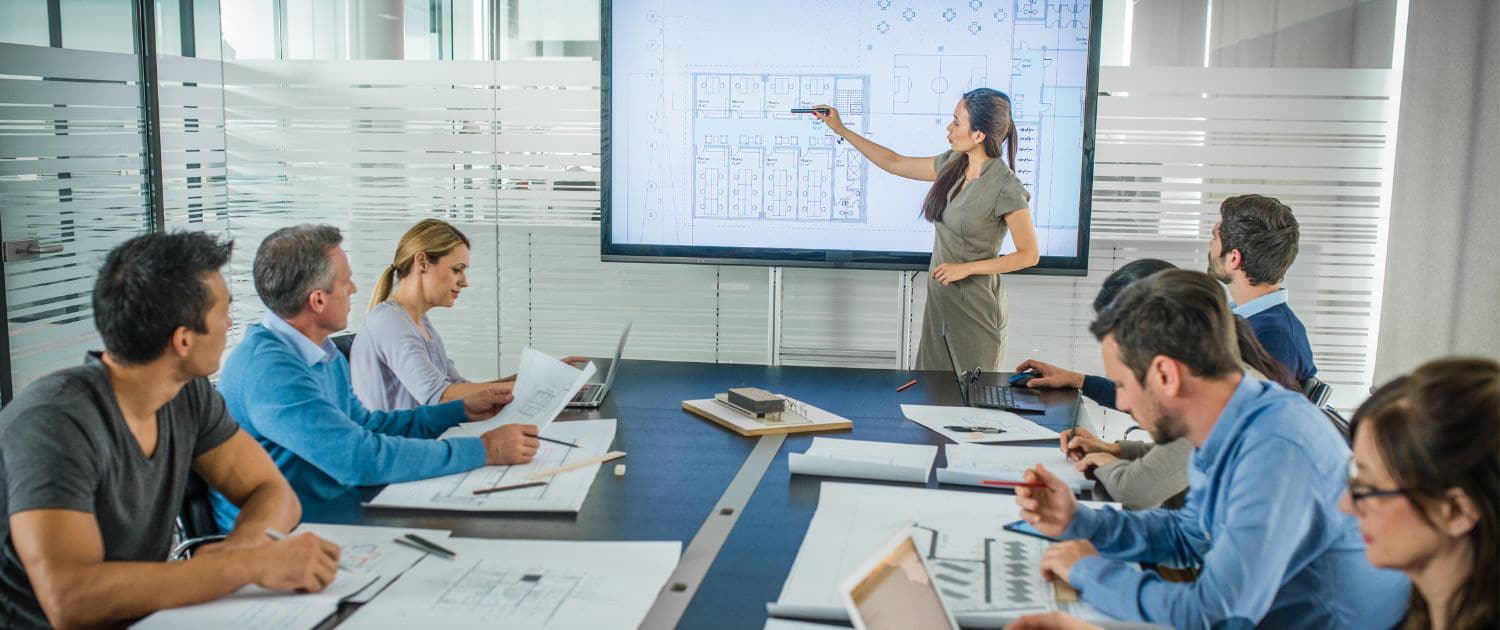Building type and occupancy
The type of building and its occupancy will have a significant impact on the design of the system. Different types of buildings, such as residential, commercial, industrial, and healthcare facilities, have different protection requirements. The occupancy level, such as the number of people, age groups, and mobility limitations, will also affect the system design.








